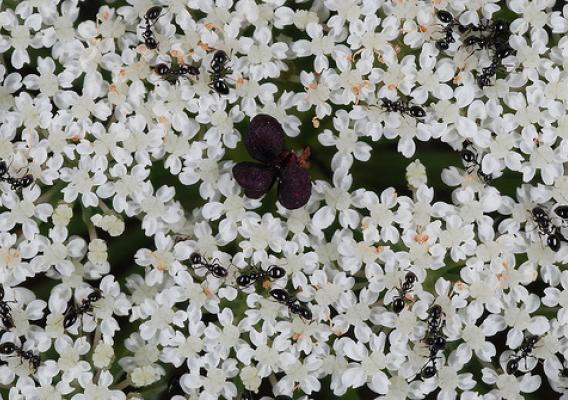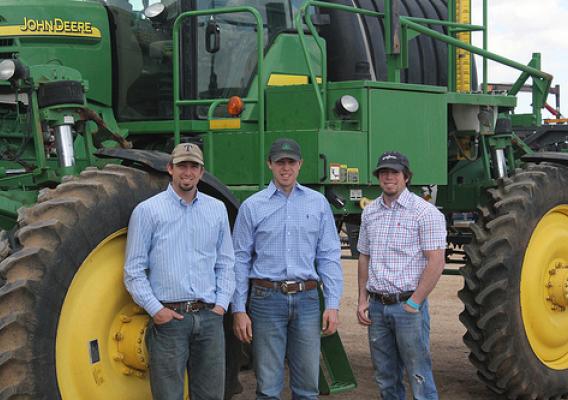USDA researchers are working together to protect and conserve our beautiful nation and all of its majestic natural resources for generations to come. As part of USDA’s Conservation Effects Assessment Project (CEAP), more than 60 USDA-Agricultural Research Service (ARS) scientists are working together to gain a better understanding of the role that agricultural conservation programs and practices play in achieving our nation's environmental objectives of clean air and water, healthy soils and flourishing natural habitats.
USDA began the CEAP program in 2003 to study the environmental benefits of conservation practices implemented through 2002 Farm Bill programs. As part of CEAP, ARS scientists are evaluating 14 watersheds across 12 ARS locations to provide the additional scientific basis for the CEAP National Assessment being led by USDA’s Natural Resources Conservation Service. Those watersheds were selected in part to address specific concerns, like manure management on animal feeding operations, water use on irrigated cropland, drainage water management, wildlife habitat and riparian restoration. These watershed studies also should help develop performance measures for estimating soil, water and air quality, and perhaps other potential benefits for specific conservation practices.










